Top 5 Croatian Wines Aged in Amphora
Restaurants, winemakers, and wine enthusiasts worldwide are rediscovering the ancient practice of fermenting and aging wine in amphorae, also known as qvevri. This traditional winemaking technique, pioneered by Georgians 8,000 years ago, involves using large clay pots to produce wines. The wines produced in these vessels, known as orange wine due to their color from extended maceration, are gaining popularity for their natural and unique qualities.
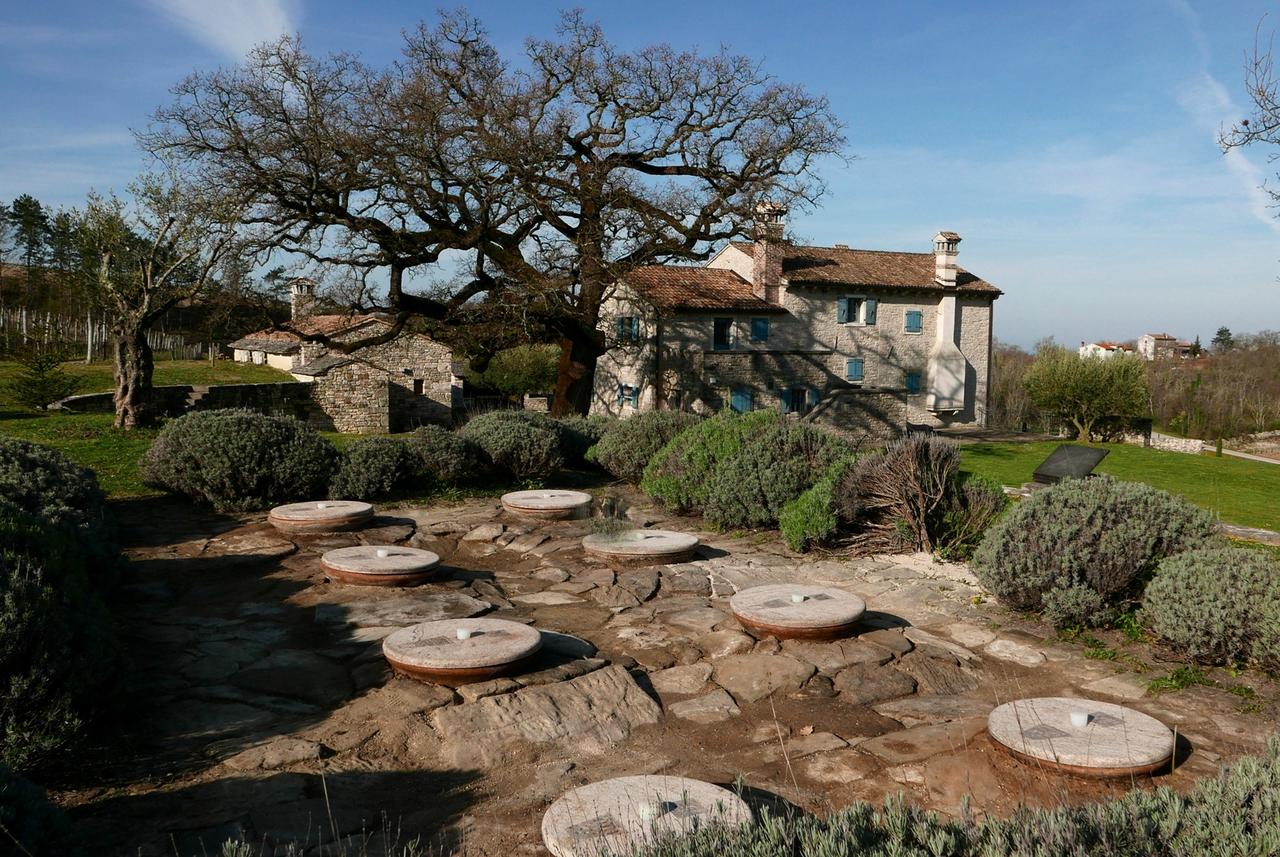
Few Croatian winemakers use an ancient winemaking method that minimizes human intervention and produces exceptional wines. The process involves using fully ripe and healthy grapes, which are crushed and placed in buried qvevri vessels for spontaneous fermentation using natural yeast. The vessels are often sealed with olive oil and covered with an oilcloth, allowing for slow micro-oxygenation and resulting in a wine with a distinct structure, integrated tannins, and pure fruit expression.
During fermentation, the mixture is frequently stirred until fully drained. After fermentation, the wine is left to settle and age naturally. It is then transferred to clean qvevri vessels or wooden barrels for further aging.
Let’s uncover the top 5 Croatian wines aged in amphorae.
Tomac Amfora Riesling
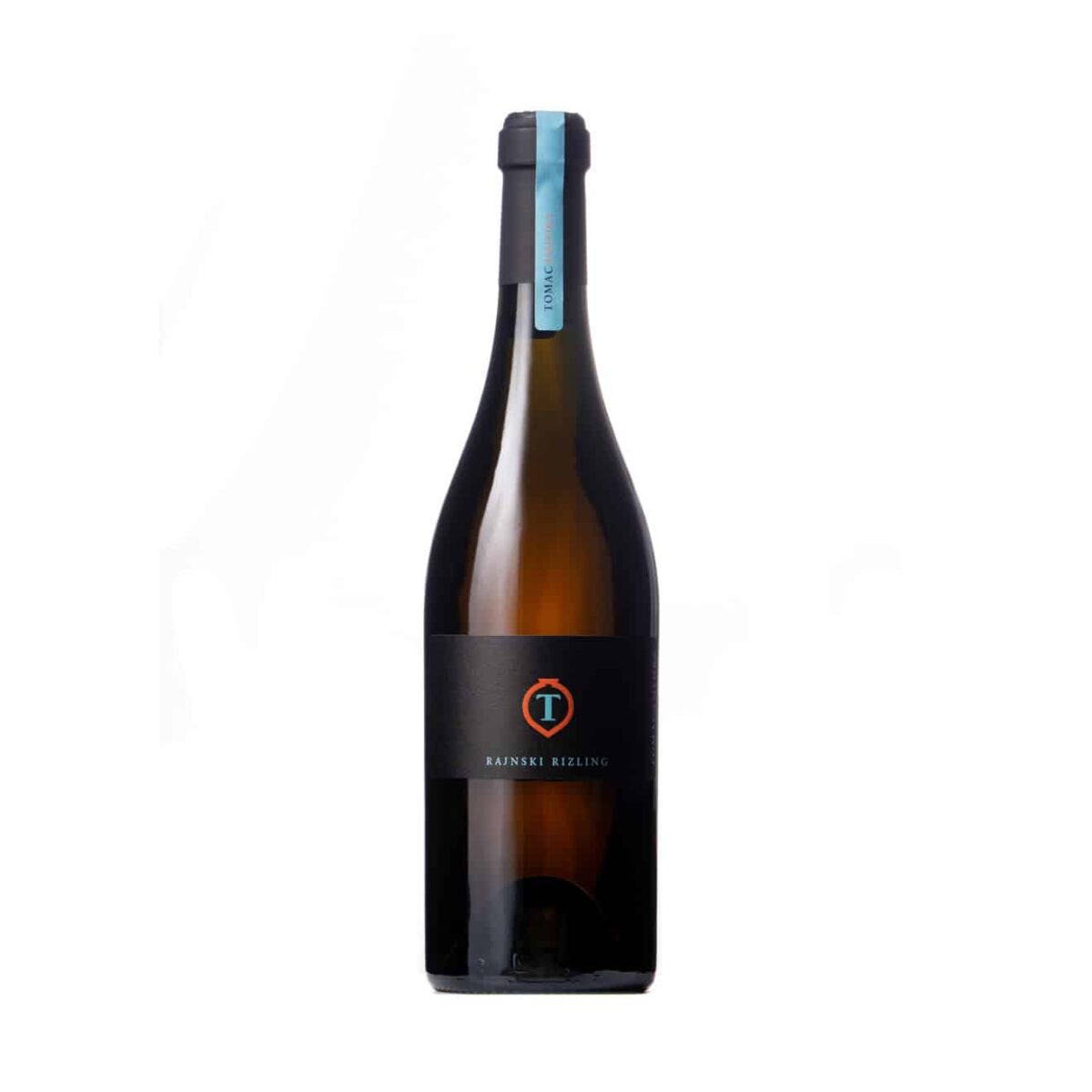
The Tomac winery has been involved in viticulture and winemaking for over a century. Despite their success, the family remains dedicated to preserving traditional winemaking techniques while exploring new directions. In 2006, they embarked on a journey towards fully biodynamic wine-growing and embraced a new philosophy of producing wine in amphorae. To do so, they ordered vessels from Georgia and buried them in the ground. After three years, in 2009, the family filled the first bottles of this unique wine, which proved a resounding success and cemented their place on the Croatian wine scene.
Tasting notes
Tomac winery defied expectations by achieving the elusive qualities of purity and precision in an amphora-aged Riesling grape. This breakthrough has impressed wine enthusiasts who have long known the challenges of maintaining these characteristics in this method of wine production. The wine’s unique flavor profile, featuring notes of pine resin, stone fruits, and saltiness, is supported by a strong Riesling backbone that develops and transforms with each sip. The wine also boasts a profound balance, resulting in a new full-bodied flavor with smooth tannins. Tomac winery’s achievement in this vintage is a noteworthy feat in the world of wine.
Tomac Amfora Traminac
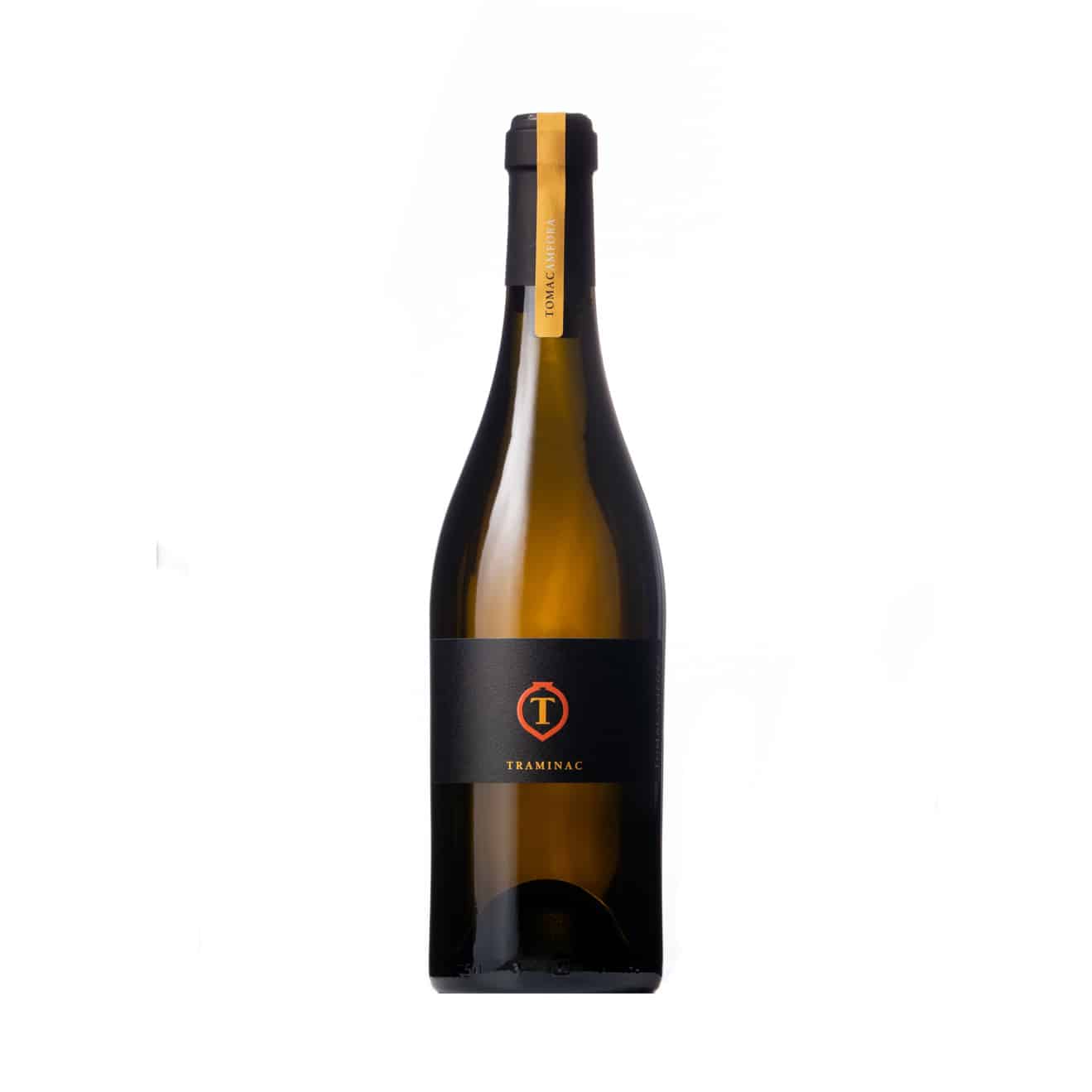
Another Amphora wine from Tomac winery comes from Traminer or Gewürztraminer grape variety.
Tasting notes
Tomac winery has earned unmatched praise for its interpretation of Gewürztraminer, a wine that they perfected through masterful use of the amphorae aging technique. What sets Tomac’s interpretation apart is the delicate expression.
Tomac’s Gewürztraminer is characterized by its deep golden color with hints of old gold. The wine’s intense and attractive aroma is typical of this grape variety, with plenty of floral aromas, hints of wood, and spicy ginger notes. The wine’s initial taste is rounded, warm, and soft, with a gentle acidity. However, after drinking, the wine’s mineral, salty, and dry qualities come to the fore, cleansing the palate.
This wine is exceptional with its rich, warm, full flavor, attractive aroma, and bitter aftertaste. Its flavor profile progresses into a smooth, mellow, gripping, satisfying finish. The overall effect of this hypnotic wine is mesmerizing.
Kabola Malvasia Amfora
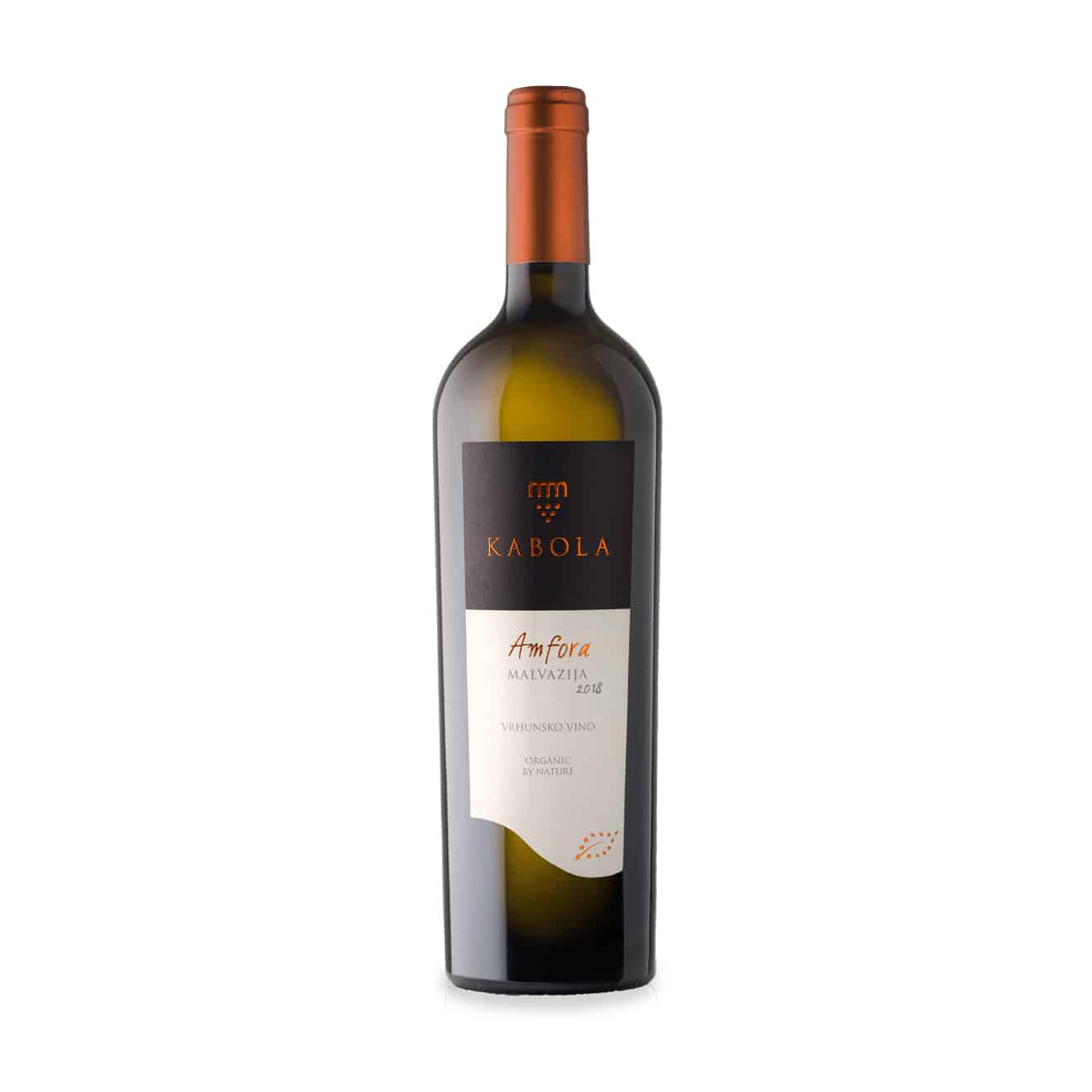
Kabola winery in the breathtaking northwestern Istrian peninsula boasts a picturesque view of the Alps, Dolomites, pristine nature, and a stunning sea panorama. The winery’s vineyards near Kanedolo and Momjan benefit from the clay-rich soil abundant in marl, giving Kabola’s wines their distinctive flavor profile.
The winemaking process at Kabola is a particular art form that demands the utmost precision and care. TUtilizing oak barrels and amphorae, the winemakers create a unique taste profile. o produce wines that embody terroir, they take a hands-on approach to ensure that each grape is crafted to perfection.
Kabola’s work highlights the wine produced in amphorae, a traditional winemaking vessel that dates back to ancient times. The extended fermentation process and aging in the amphorae without removing the lees until late spring bring out the wine’s nobility, resulting in a Malvasia Istriana and Teran with an entirely new dimension.
Kabola winery’s commitment to producing high-quality wines that reflect the beauty of their surroundings and the essence of their unique terroir has earned them a reputation as one of the finest wineries in the region.
Tasting notes
Kabola, a pioneer in wine aging in amphoras in Istria, produces Malvasia Istriana in amphoras with a more profound and more apparent golden color with a greenish sheen. This full-bodied wine has a rich and complex taste, with a layered aroma opening with notes of quince compote, dry fern, star anise, vanilla, and herbs. Its spicy aroma ranges from vanilla to Mediterranean herbs. It is complemented by ripe fruit notes such as peach and apple compote and a yeasty tone that gives it a specific creamy message.
This harmonious and flavorful wine has a round taste, buttery creaminess, a gentle touch of tannins, and a robust fruitiness of aged Malvasia. It maintains a crisp freshness, excellent minerality, and a partly warm and soft feel. It is a wonderfully balanced wine with an intense flavor and a long almond aftertaste that adds to its complexity.
Kabola Teran Amfora
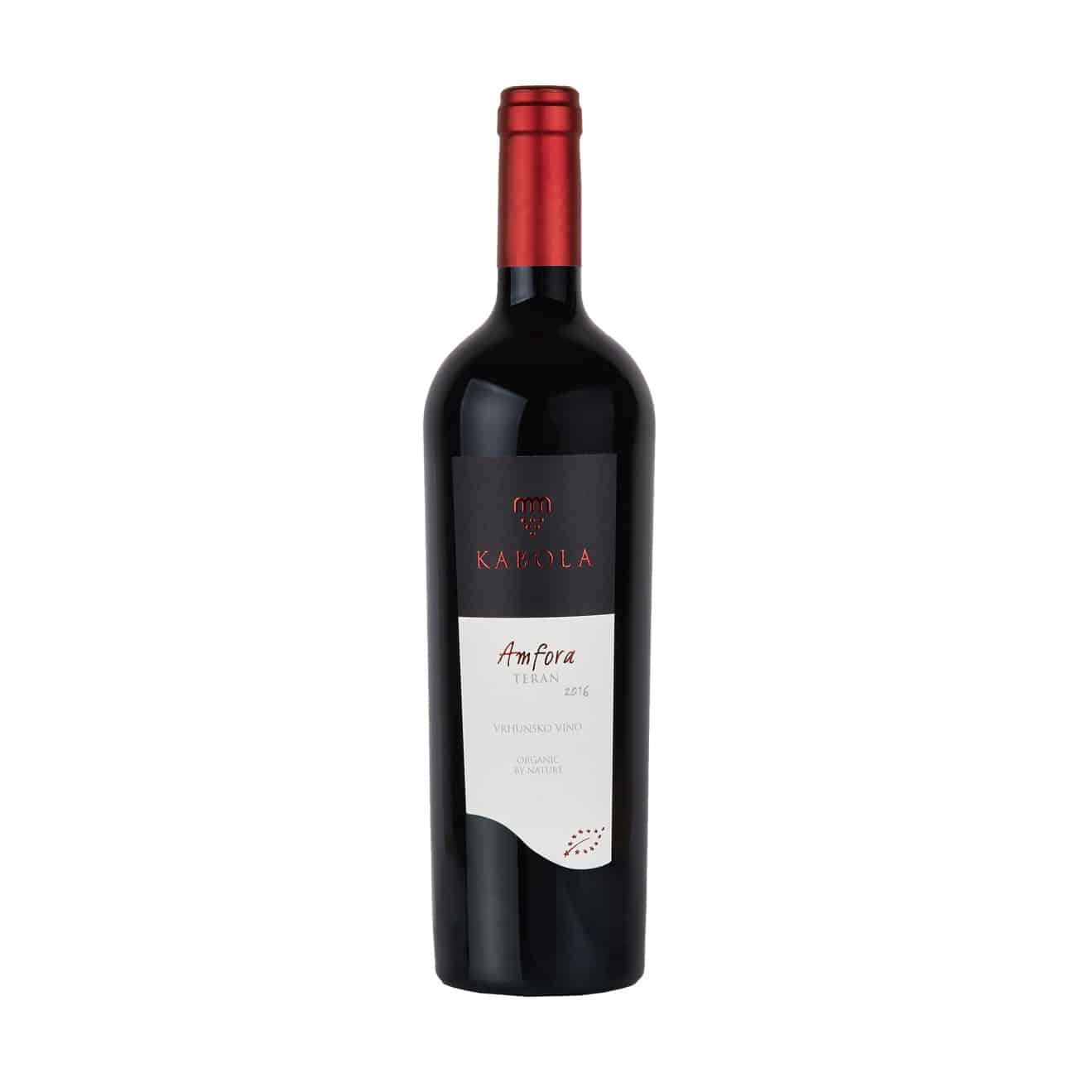
Tasting notes
The Teran has a rich and deep ruby-red color. Its aroma is characterized by an opening of berry notes, with a dominant presence of blueberry, followed by hints of vanilla and dark chocolate, as well as dust, cedar, and leather. The wine has a dry, and partly warm taste yet retains a pleasant freshness. The tannins are delightful, and the minerality is excellent, contributing to the wine’s full-bodied nature. It offers a balanced and intense flavor profile, culminating in a long and satisfying finish. The lingering prune notes in the aftertaste enhance its excellent and harmonious quality.
Šember Qvevri
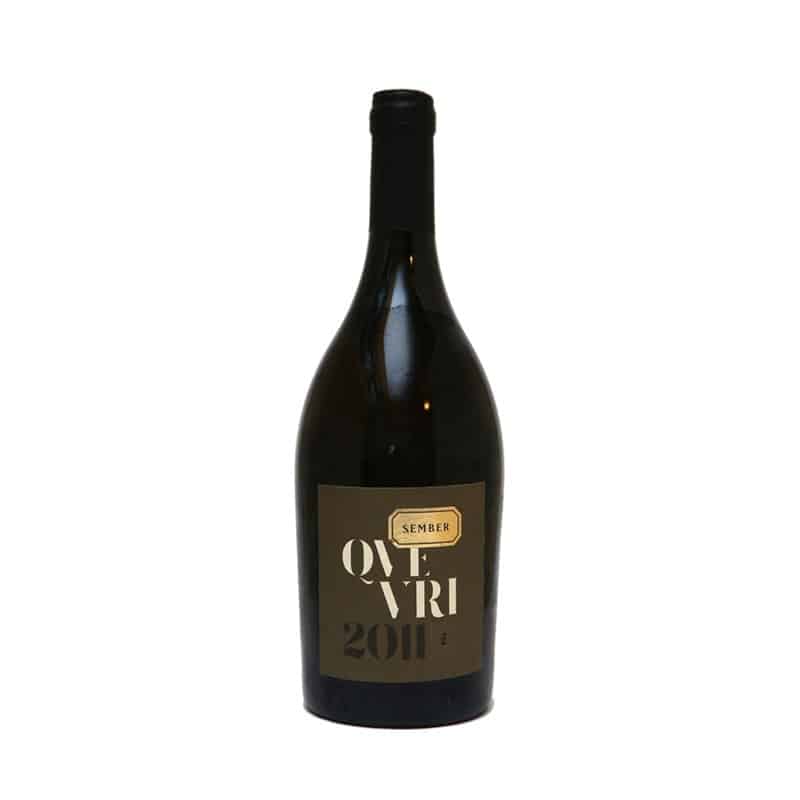
The Šember family, hailing from Jastrebarsko, Plešivica wine region, near Zagreb, has a long-standing reputation for producing exceptional wines using local grape varieties. With a century of experience, they have garnered numerous awards.
Tasting notes
The Qvevri is a Riesling wine macerated in amphoras buried in the Šember family’s yard. It is a limited series of only 500 bottles with a unique flavor profile of fig, carob, spices, and resins. The wine’s maceration gives it a salty taste, pleasant acidity, an entire body, and a long-lasting finish. This macerated Riesling demonstrates exceptional quality and has the potential for further aging and quality development. Its color is a deep old gold that leans towards amber, and it has aromas of dried herbs, candied citrus, and subtle spice notes in the background. In the mouth, it is complex, with a long-lasting taste, an intense retro-nasal sensation, and a pleasantly bitter and slightly salty finish. The wine was aged six months on the skins and then for another two years in large wooden barrels.
Winemaking that includes amphora allows for the purest expression of the wine to be showcased and offers a unique taste for wine lovers. Amphora, being slightly porous to oxygen, enables the development of tertiary flavors in wines. Over time, exposure to more oxygen in an amphora can result in softened tannins and the emergence of more intense flavors such as mocha, berry compotes, and nuts. Amphora-aged wines do not impart any flavor influences from wood.
Tasting amphora wines is essential for discovering the complexity while providing a food-friendly and storytelling wine experience. Additionally, amphora wines align with the natural wine movement due to their minimal intervention winemaking practices, often including no added sulfites and unfined and unfiltered characteristics.
Considering your following wine list, why not seek out and add Croatian wines? The great thing about them is the endless opportunities to discover something new and delicious!



















